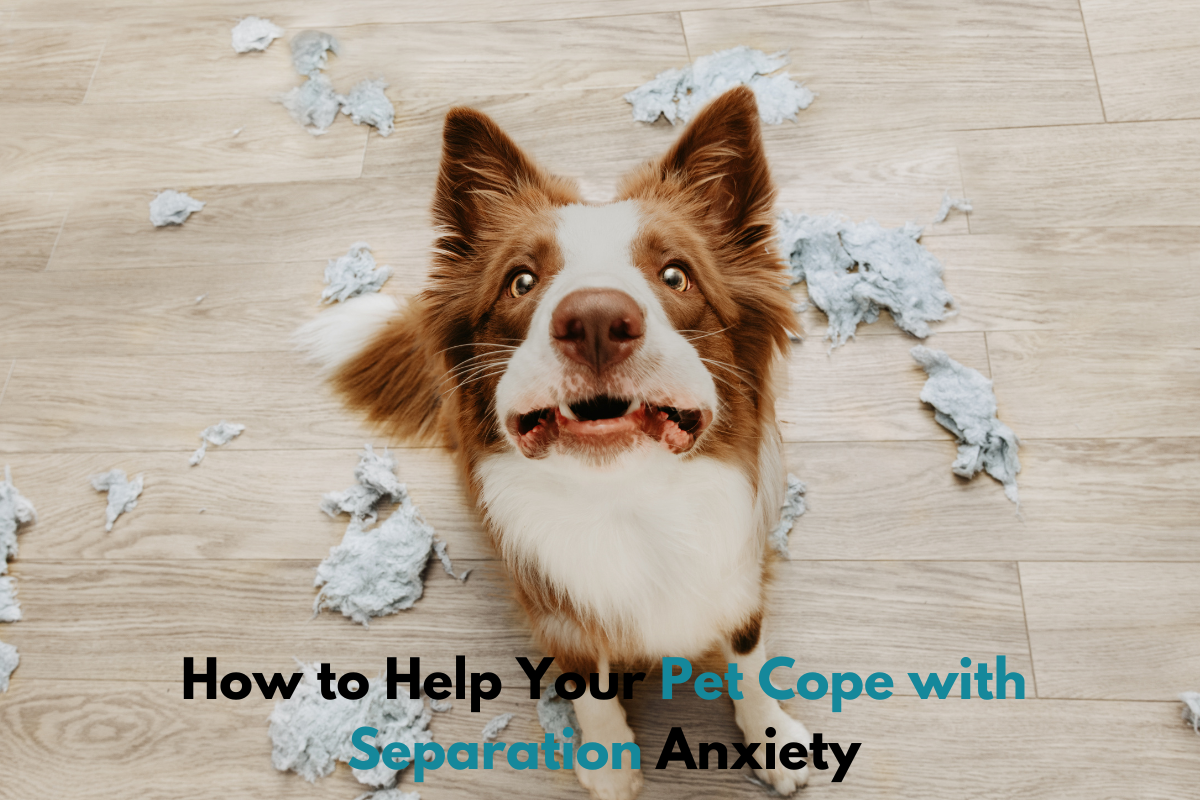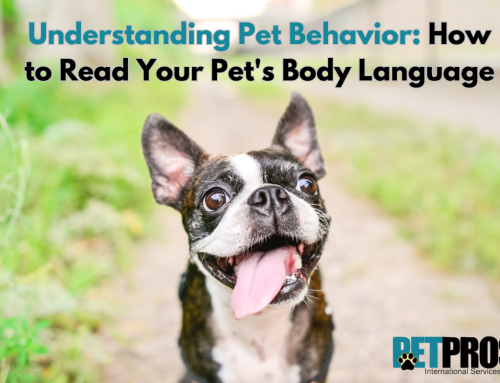Introduction
Separation anxiety isn’t limited to humans; our beloved pets can also experience this distressing condition. When you leave home, your furry friend might feel anxious and alone, leading to behaviors like destructive chewing, excessive barking, or even soiling the house. Fortunately, there are ways to help your pet cope with separation anxiety and ensure they feel safe and secure even when you’re not around. In this blog, we’ll explore strategies to alleviate separation anxiety in your pet and strengthen your bond.
Gradual Desensitization
Like humans, pets can benefit from gradual exposure to situations that trigger anxiety. Begin by leaving your pet alone for short periods and gradually increasing the time. It helps them build confidence and realize that being alone doesn’t necessarily mean something negative will happen. Incorporate positive reinforcement, such as treats or toys, to create a positive association with your departures.
Create a Safe Space
Designate a comfortable and secure space for your pet while you’re away. Fill it with favorite toys, blankets, and perhaps an item of clothing that carries your scent. It can provide a sense of familiarity and comfort, reducing their anxiety.
Establish a Consistent Routine
Pets thrive on routine. Keep their daily schedule consistent, including feeding times, walks, and playtime. Predictability can help alleviate anxiety by reducing the uncertainty surrounding your departures.
Interactive Toys and Puzzles
Provide mentally stimulating toys and puzzles that keep your pet engaged during your absence. Puzzle feeders, treat-dispensing toys, and interactive games can help distract them if you’re not around and keep their minds active.
Calming Techniques
Explore calming techniques such as aromatherapy, pheromone diffusers, or calming music designed for pets. These methods can create a soothing environment that eases anxiety and promotes relaxation.
Training and Obedience
Basic obedience training can give your pet a sense of structure and discipline, boosting their confidence. Teaching commands like “stay” or “down” can help them understand your expectations and build a stronger bond between you.
Seek Professional Help
Consider consulting a veterinarian or a professional animal behaviorist, if your pet’s separation anxiety is severe or persistent. They can provide personalized guidance and, if necessary, recommend medications or behavior modification techniques tailored to your pet’s needs.
Exercise and Mental Stimulation
Regular exercise is crucial for managing anxiety in pets. Engage in physical activities like walks, runs, or playtime, and include mental stimulation through training sessions or interactive games. A tired and mentally fulfilled pet is more likely to experience reduced anxiety.
Avoid Excessive Farewells
While it’s natural to want to say goodbye before leaving, try to keep your departures low-key. Prolonged goodbyes can signal to your pet that something significant is about to happen, triggering anxiety. Instead, calmly leave without making a fuss.
Patience and Persistence
Overcoming separation anxiety takes time and patience. Be consistent in your efforts and celebrate even small victories along the way. With your love and support, your pet can learn to manage their anxiety and become more comfortable with your absence.
Conclusion
Helping your pet cope with separation anxiety requires understanding, empathy, and dedication. By implementing these strategies and creating a supportive environment, you can ease your pet’s stress and ensure their well-being, allowing both of you and your furry companion to enjoy a happier and more harmonious relationship.





